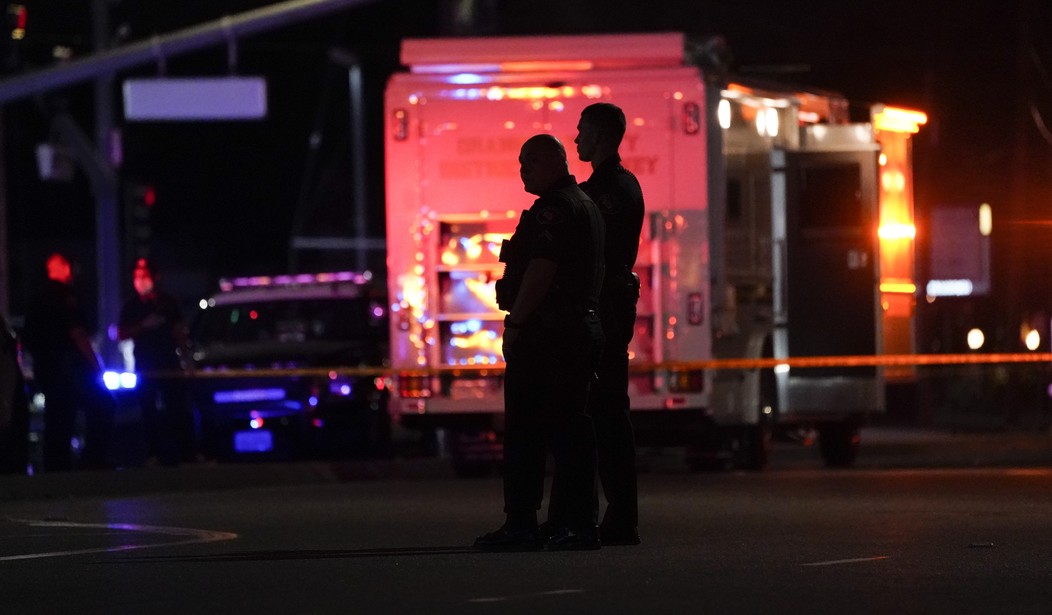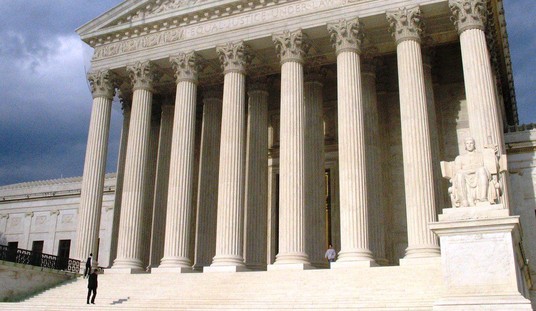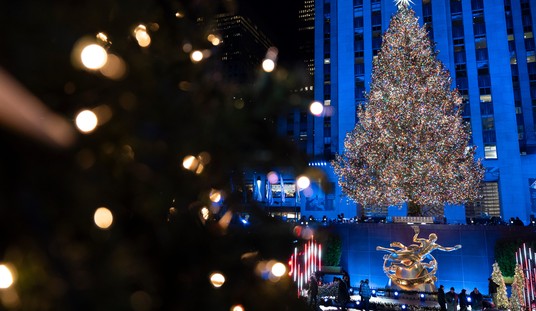There’s plenty of good news about the Omicron variant of the COVID-19 virus, relatively speaking anyway. The variant appears to be less severe, and because of how easily it transmits between people, the wave of cases has tended to quickly spike and fall in places like South Africa and England, where the variant has been around longer than its been seen in the U.S.
For the vast majority of people infected with Omicron, symptoms will be mild to non-existent. But because of the current CDC guidelines, even those who are asymptomatic are being forced to quarantine for at least five days after a positive test. And because of the sheer transmissibility of Omicron, a lot of people are going to be testing positive at the same time, which is already starting to play hell with our healthcare systems, transportation networks, and even law enforcement. From CWBChicago:
A top CPD leader canceled days off for the city’s cops over the upcoming weekend, and sources indicate the reason is that positive COVID tests have decimated the department’s active force.
In fact, the union representing front-line Chicago cops estimates 2,600 officers are currently out for medical reasons. Before COVID, the medical absence number usually hovered around 1,000, according to the union.
If the union’s estimate is accurate, that would mean about 20% of the city’s police force is out on medical leave. Cops who test positive for COVID are required to take ten days off.
As of Wednesday, the Los Angeles PD had over 500 officers on medical leave, and nearly 400 L.A. County sheriffs deputies were also staying home after positive tests. L.A. County Sheriff Alex Villanueva says his department still hasn’t been hit as hard as it was during the Delta wave, which is good, but cases aren’t anywhere close to peaking yet.
It’s not just officers who are catching COVID, of course. The Omicron wave is keeping officers off the job, but it’s also keeping criminal suspects out of jail.
City of South Fulton police Lt. Shannon McKesey told Channel 2 investigative reporter Mark Winne that during part of a Christmastime crime crackdown called Operation Santa’s Helpers, authorities hit one house that contained ecstasy pills, marijuana cocaine and five guns.
The guns were a particular problem because of the alleged drug activity and because one of the suspects was a convicted felon.
… But the lieutenant said officers encountered another potentially lethal threat at the house besides the guns and drugs.
One of the suspects reported having COVID-19 and was clearly symptomatic, along with two others.
The rest of the seven suspects had been exposed to the virus.
So McKesey said she made a command decision: charge them with crimes but not take them to jail.
“It was a decision that needed to be made,” McKesey said.
Ehhh, I’m gonna have to disagree with McKesey here. Sure, she may have prevented COVID positive suspects from entering the jail, but leaving them out in the community just means that they can pass along the virus to the general public. And again, because of how highly transmissible the Omicron variant is, there’s no way that keeping these suspects from being booked is going to prevent an outbreak in the local jail. Like it or not, that outbreak is coming, but again, the good news is that for the vast majority of both inmates and corrections officers, it’ll be nothing more than a mild inconvenience at worst.
Unfortunately for the rest of us, the government guidelines and mandates are likely going to help to keep us less safe over the next few weeks by keeping large swathes of front-line workers at home. According to modeling from Columbia University epidemiologist Dr. Jeffrey Shaman, January’s looking pretty rough.
Our projections depict a rapid surge of cases nationally that peaks at record high numbers during the first one to three weeks of January. Just how many? Our middle-of-the-cone projection produces five million cases during the worst week but ranges from three million to more than eight million cases. And the estimates vary by location. New York City is projected to peak during the first week of January; other locations peak later.
The U.S. reported slightly more than 700,000 cases yesterday, so if Shaman’s modeling is anywhere close to being accurate we’re still very much on the upswing in terms of positive cases and quarantined workers, including law enforcement.
Police departments around the country were already having trouble with staffing before Omicron arrived on our shores, and it’s going to get exponentially worse over the next few weeks. That not only means increased response times, even for priority calls, but fewer officers on street patrol, fewer detectives generating leads in unsolved cases, and more emboldened criminals ready and willing to take advantage of the chaos caused by COVID and our heavy-handed, bureaucratic, and increasingly authoritarian governmental response.
The Great Gun Run of 2020 kicked off with the first stay-at-home measures announced in March of 2020, but will Omicron cause a similar spike? If so, the Great Gun Run of 2022 may look a little different. Instead of one massive coast-to-coast shopping spree, I suspect that we’ll see more of a rolling wave of increasing gun sales that largely mirror the increase in COVID cases in individual cities and states. And because inventory levels are still really low, any increase in demand for firearms is going to be mitigated by the short supply.
Still, it wouldn’t surprise me at all to see more Americans embracing their right of armed self-defense in the coming weeks. With police departments decimated and COVID-positive criminal suspects left on the street, the need for self-protection is going to be acutely felt by millions of our friends, neighbors, and co-workers, and I suspect that the Second Amendment is going to go from more of an afterthought to a critically important issue for a good portion of them.









